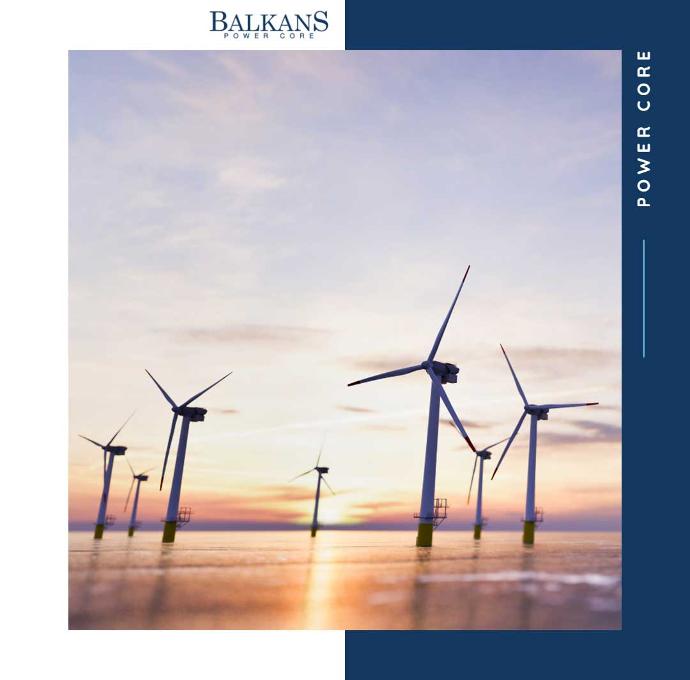Wind energy has become a crucial pillar of renewable energy production, and wind turbines are the key element in this equation. In this article, we will explore in detail how wind turbines work, the technology behind them, and their impact on renewable energy production.
Anatomy of a wind turbine
To understand how they work, let's begin by exploring the main parts of a wind turbine. Wind turbines are impressive structures, consisting of several essential components that work together to transform wind energy into electricity.
Rotor: It is the heart of the wind turbine and is composed of blades that capture the wind's energy. These blades are designed to maximize the efficiency of wind capture, and their shape and angle of attack are optimized for the highest energy yield.
Nacelle: This is the structure that supports the electric generator and other essential components. The nacelle rotates to align with the wind direction, ensuring maximum energy capture.

Electric generators: Inside the nacelle is the electric generator that transforms the mechanical energy obtained from the rotation of the rotor into electrical energy. This generator uses electromagnetic induction to generate electric current.
Control and transmission network: This includes advanced control systems that monitor and regulate the turbine's activity. It transmits the electricity produced into the grid.
Wind dynamics and energy generation
Wind turbines are equipped with advanced technologies to detect wind direction and force. Sensors and anemometers measure wind speed, and the collected data are used to adjust the turbine's position, ensuring efficient energy capture. Control systems use an algorithm to determine the optimal angle of the blades and the correct orientation of the turbine. This process allows for maximizing efficiency and continuous electricity production.
The electric generator is a key component in the process of transforming energy. When the blades rotate, they set in motion a rotor inside the generator, creating a magnetic field that produces electric current. This current is then converted into alternating current to be integrated into the power grid. The generated electric energy is transmitted to transformer stations, where the voltage is adjusted to facilitate efficient distribution in the grid.
Recent innovations and the future of wind energy
The wind industry is in continuous evolution. Offshore wind turbines, placed in the deep waters of seas and oceans, have become a significant innovation, with the potential to generate massive amounts of energy. Research is also focusing on energy storage technologies, such as advanced batteries, to overcome challenges related to wind variability and to ensure a constant power supply to the grid.
Understanding how wind turbines work is not just a scientific question but also a key to the sustainable future of our planet. Wind turbines are a central point in the transition to renewable energy. Understanding the technologies behind them and how they transform wind into electricity is crucial for building a sustainable and energy-efficient future.
